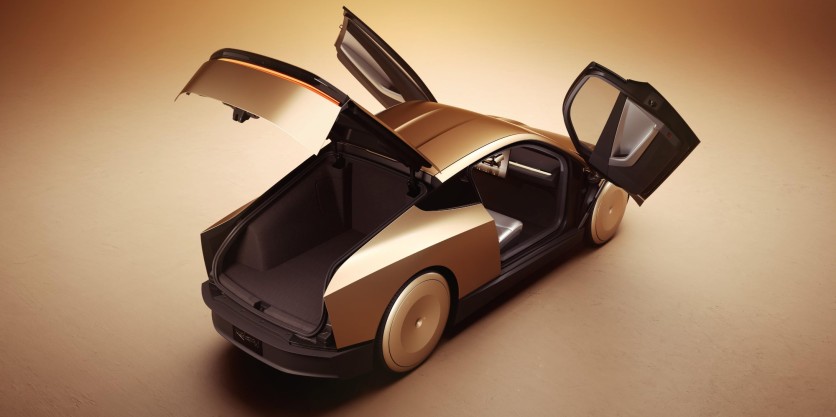Elon Musk unveiled the larger plans behind its robotaxi service, and it was revealed on the recent Tesla earnings call to investors that the company is planning to debut the ride-hailing experience to the public come 2025. The pacing for Musk and Tesla's Cybercab is ramping up as it was only recently unveiled to the public via the 'We, Robot' event, detailing its capabilities and prototype.
The Tesla Cybercab is meant to bring a fully autonomous ride-hailing experience to the world, but it is expected to face significant challenges and hurdles before it does so, especially with this rapid timeline.
Elon Musk, Tesla to Launch Robotaxi Service by 2025
The recent earnings call by Musk and Tesla to its investors also revealed its affirmations for their latest venture, and it is to launch its robotaxi service by 2025 where it will allow users to experience the self-driving commute. The experience with Tesla's Cybercab will be fully autonomous, as it does not have any way for users to drive or take control of the car in any way from inside the cabin.
This is an ambitious move from Tesla as the Cybercab was only announced over two weeks ago, also featuring the larger version of its driverless public transportation solution known as the Robovan.
That being said, Tesla is set to face significant challenges along the way, particularly as it needs to apply for licenses to operate its service, undergo numerous tests to ensure that it is street-ready, and other due processes.
Read Also: Tesla's More Affordable EVs Are Coming by 2025, Preparations Now Underway for First Production
Tesla Workers Test Cybercab in San Francisco
However, the operations part of the robotaxi service has already begun over at the hub of robotaxis, as it was revealed by CNET that Tesla is already testing the Cybercabs over in San Francisco, California.
It is an exclusive test as only Tesla workers who have the developer app can book a ride with the robotaxi, but it can reportedly take them to any drop-off point within the Bay Area. The report also mentioned that Tesla Cybercabs have human drivers aboard to oversee the operations, but will be removed in the future.
Tesla's Robotaxi Plans Amidst Existing Ones
One of the main goals of Tesla is to debut a self-driving car that will no longer need a driver to pay attention to the roads and control the vehicle, but it was not entirely successful in this venture, as is evident with the FSD and Autopilot issues. However, it did not end there as Tesla has more plans than these advanced driver-assistance systems (ADAS) as it was also planning a robotaxi service.
More than two weeks ago, Elon Musk and Tesla went live on X to showcase their 'We, Robot' event to unveil their latest venture and electric vehicle, introducing the self-driving Cybercab that will fulfill its robotaxi plans. The Cybercab will be an entirely driverless experience as unlike Tesla EVs, it will not come with a steering wheel, accelerator, and brake pedals, as well as a drive selector.
That being said, Tesla's entry into the robotaxi industry puts them years behind rivals like Alphabet's Waymo and General Motors' Cruise whose services are already up and running in multiple cities nationwide. Tesla wants to bring the Cybercab and its robotaxi service by next year, and it would need to catch up with Waymo and Cruise to deliver the experience, currently testing its capabilities over at the home of robotaxis.
ⓒ 2026 TECHTIMES.com All rights reserved. Do not reproduce without permission.





